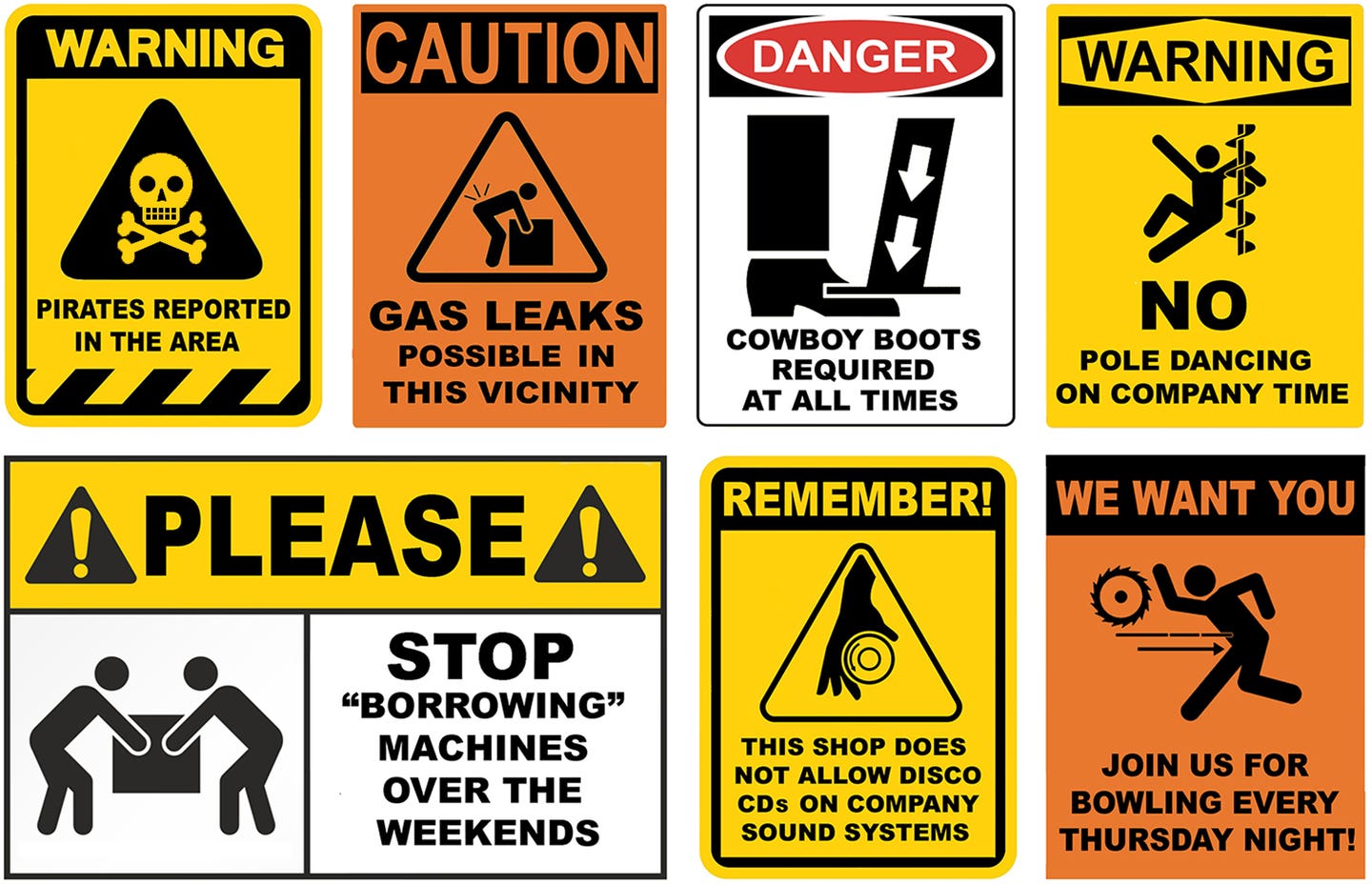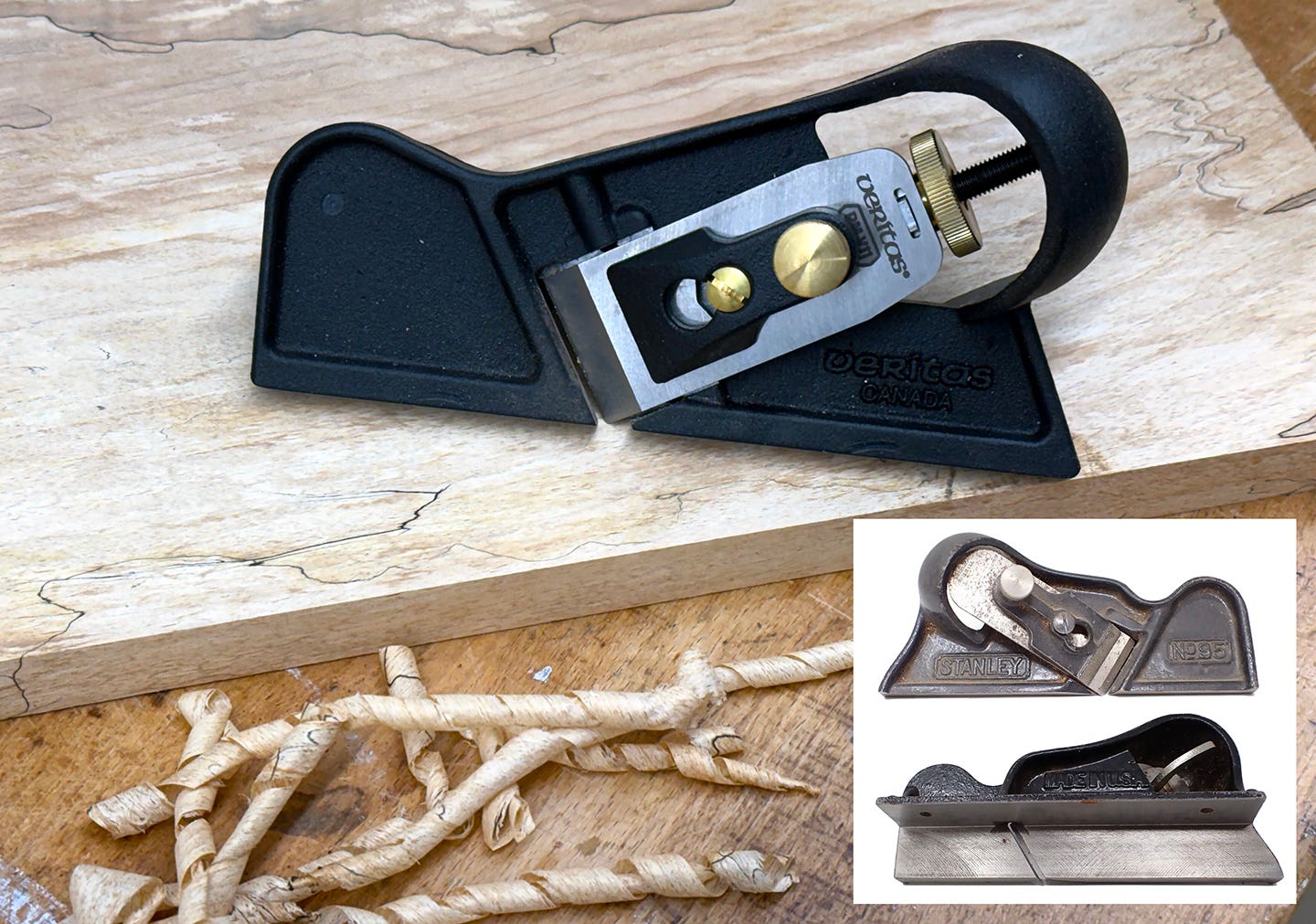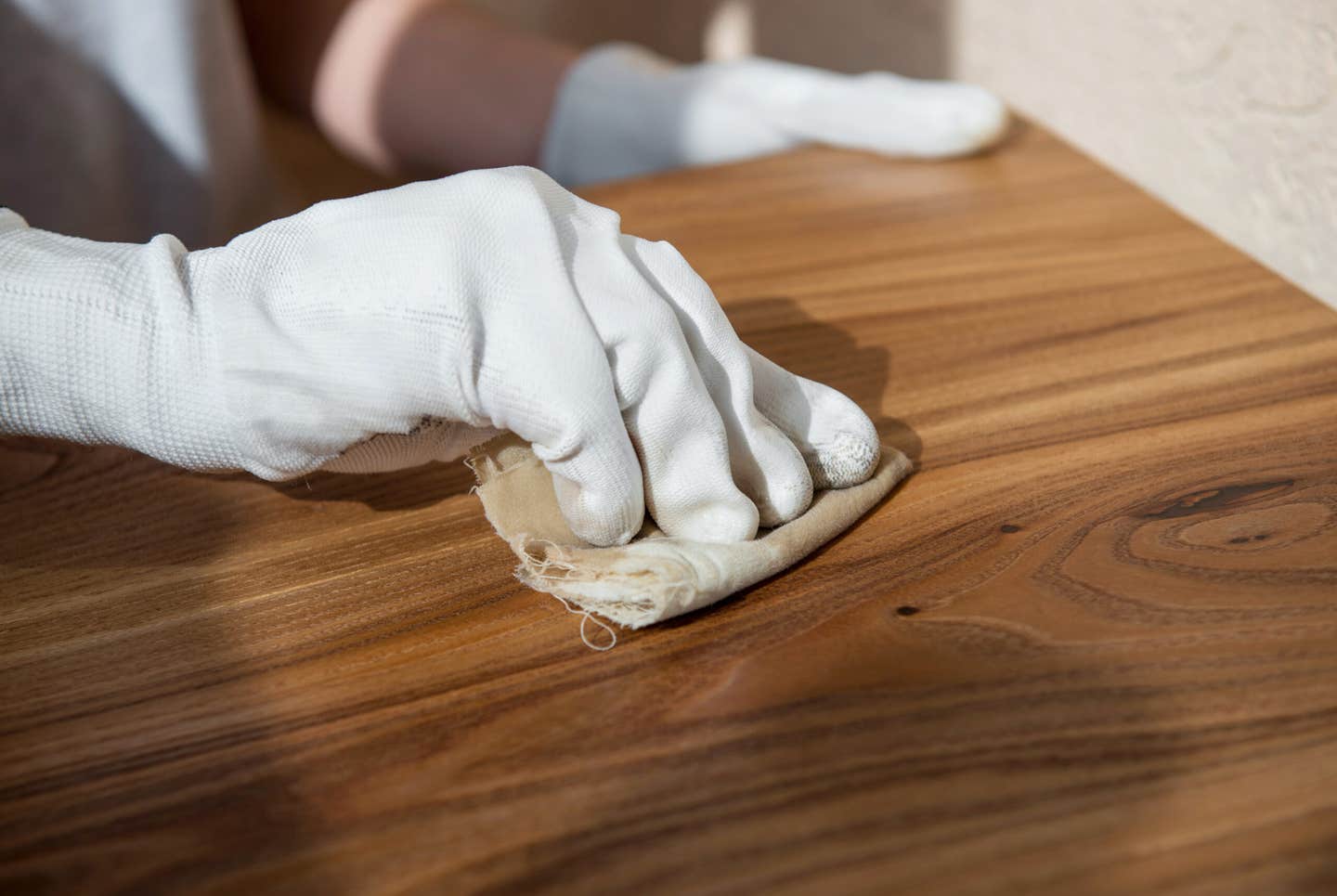My way
There are certain ways to do things: the right way, easy way, inexpensive way, most efficient way, fastest way, most attractive way, etc. Usually you have to pick just one,…
There are certain ways to do things: the right way, easy way, inexpensive way, most efficient way, fastest way, most attractive way, etc. Usually you have to pick just one, but sometimes you get lucky.
Refresher: Im planning a long wall-based cabinet in my garage shop that will hold several benchtop tools, and provide storage below. The overall length will be between 8 and 9. The right way would be to build traditional cabinets, put them in place and cover them all with a countertop as you would in a kitchen. However, the right way has drawbacks.
For one thing its the most expensive way, and Im just a poor woodworking writer. For another, making traditional cabinets takes the most time. Finally, these cabinets will extend far enough from the wall theyll impair parking a car inside not an issue for me since this is a full-time shop, but if we ever move, those cabinets have to go. Sure, traditional cabinets can be removed, but then what? Im left with cabinets I cant do anything with.
The easy way is to make the cabinet as a built-in using a framework a long cleat attached to the wall supports the benchtop in back, while vertical legs at the corners and spaced as needed support the benchtop in front. A skirt around the top provides a means of adding additional horizontal support members for the benchtop (which is going to hold my lathe and other heavy tools), providing rigidity and dampening vibration. A face frame on the front and skinning the sides with thin plywood completes the cabinet. How I locate those vertical legs and how I design the face frame determines door and drawer locations.
This way is easy, its fast and its inexpensive. The skinning plywood on the sides, solid hardwood face frame and benchtop trim, and better-grade birch plywood for the doors and drawer fronts also make it attractive. And because the whole thing can be knocked down and dismantled if I have to move meaning the materials can be reused and reconfigured for a similar structure custom-fit to a new location its efficient.
Yep, thats the easy way all right. But because it also combines several other ways fast, inexpensive, attractive, efficient it also qualifies as yet another way.
The right way? No, surely not. But for me and my needs, its the best way.
Till next time,
A.J.
A.J. Hamler is the former editor of Woodshop News and Woodcraft Magazine. He's currently a freelance woodworking writer/editor, which is another way of stating self-employed. When he's not writing or in the shop, he enjoys science fiction, gourmet cooking and Civil War reenacting, but not at the same time.







